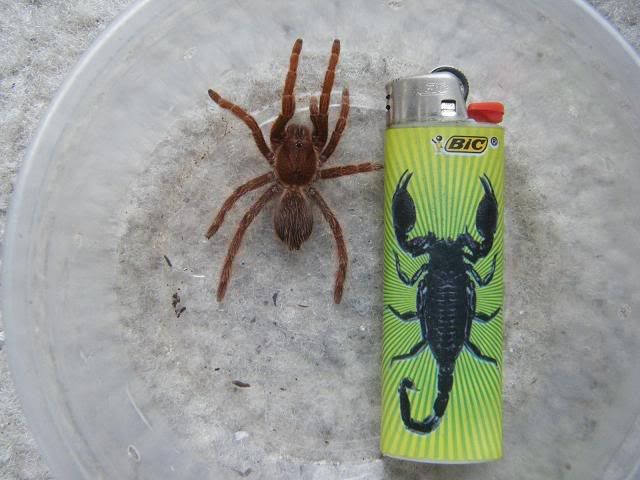- Joined
- Jul 2, 2009
- Messages
- 69
I read on a thread posted in 2006 that when it comes to the C. crawshayi "There is some sexual dimorphism with this species early on."
but it was never explained as to what the difference was.
I'm wondering what would I be looking for in terms of sexual dimorphism?
Here is a pic of my King Baboon 3 days after a molt.

but it was never explained as to what the difference was.
I'm wondering what would I be looking for in terms of sexual dimorphism?
Here is a pic of my King Baboon 3 days after a molt.


